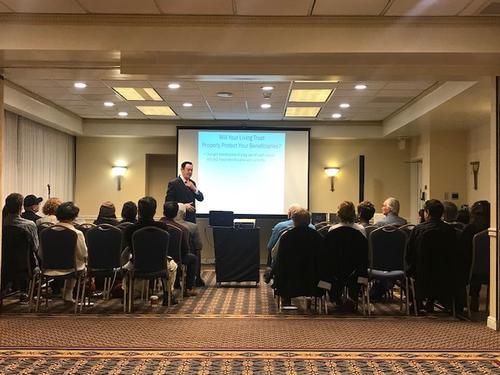Thorpe’s descendants were relying on a federal law that allows Native American tribes to reclaim artifacts from museums, including human remains. However, the case highlights that families do not always agree where a loved one’s remains should be buried. When that happens they often resort to the legal system to settle the dispute. Ultimately, it is a judge who then decides where someone should be buried.
There is a way to stop this from happening to you through an estate plan. You can make funeral plans a part of your overall estate plan and dictate how you would like your body to be treated after you pass away. It is a good idea to do so to prevent family fights.
Consult with an experienced estate planning attorney regarding how to provide your instructions for burial (or cremations) and other details. Once you have reduced your instructions to writing, be sure to provide copies to your loved ones.











